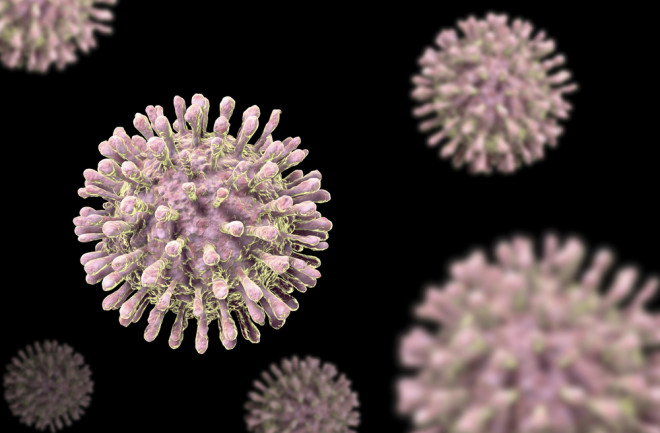Millions of years ago, our ancestors, like us today, had to contend with viruses. No doubt the infections were unpleasant for them at the time, but their suffering wasn’t for naught — some of those viruses left traces in our DNA.
And, according to scientists at the Francis Crick Institute, these remnants may aid the body’s immune response to cancer today.
Discovering Ancient Viruses
While studying lung cancer in mice and in human tumor samples, the team found that immunotherapy treatment seemed to work better when B cells (which produce antibodies that fend off foreign substances in the body) were present near a tumor. In a study published in Nature earlier this year, they reported that the antibodies were targeting proteins expressed by those viral remnants, known as endogenous retroviruses, or ERVs.
It seems like a strange alliance — an old disease, which may originally have caused cancer itself, helping us fight cancer in the present. But there’s a logic here, according to George Kassiotis, lead author and head of the institute’s Retroviral Immunology Laboratory.
“Cancer is a disease of the DNA,” he says, “and there are no parasites of our DNA that have been more successful than endogenous retroviruses.”
Read More: Developing A Drug To Identify And Target Tricky Cancer Cells
What Is a Retrovirus?
A retrovirus, first of all, is a virus that inserts a copy of its own DNA into the genome of its host. (HIV is the best-known example.) Endogenous retroviruses are the relics of those ancient illnesses — DNA sequences our ancestors acquired when viruses infected them and changed their genetic makeup. Those genes, passed down over hundreds or thousands of generations, remain with us today, constantly influencing our immune systems. In fact, they account for an astonishing 8 percent of the human genome.
In a healthy cell, these genetic instructions are strictly controlled, preventing them from unleashing a full-on viral assault. They’re essentially dormant, disarmed by mutations that have taken place since they first inserted themselves into us. In distorted cancer cells, however, they come alive.
Even though ERVs are as much a part of us as the rest of our DNA, our immune system still perceives them as a threat, because they are usually inactive. When they activate, Kassiotis says, the body “is tricked into believing that there is a genuine retroviral infection going on, and it is trying to eliminate the infected cells.”
As far as the immune system is concerned, it’s reenacting a bygone battle — facing down a virus it already conquered long ago. It has no idea that in reality, it’s dealing with a new enemy.
Read More: A Blood Test That Screens For Multiple Cancers At Once Promises To Boost Early Detection
Hope for New Cancer Treatments
Lung cancer is by far the deadliest cancer in America, claiming roughly 127,000 lives (or 1 in 5 cancer-related deaths) each year. Understandably, researchers are always on the hunt for new treatment options.
This research points to the possibility of using a vaccine, composed of active ERV genes, to stimulate antibody production at the tumor site and help more people overcome lung cancer. In their study, the researchers found that the antibody response against ERVs extended survival in mice.
But turning that insight into a viable treatment for humans could take a while. “Ask me again in, say, 5 years’ time,” Kassiotis says.
Even preventive vaccines aren’t off the table, he adds. Although we tend to associate them with viral disease (measles, hepatitis, the flu) nearly a fifth of cancer cases result from infection. Granted, ERVs don’t directly cause cancer, but they are linked to it — and by training the immune system to recognize them, scientists may be able to preemptively defend against their attendant cancer, as well.
This isn’t the first time ERVs have shown their usefulness. Previous research has revealed their ability to boost immune response in other cancers, too, including melanoma, lymphoma, breast and kidney cancer. There doesn’t seem to be a single ERV active across all cancers, so each will likely have to be studied individually.
“But the potential,” Kassiotis adds, “is there in every cancer type that we’ve looked at.”
Read More: Cancer Patients Turn to Music Therapy for Nausea Relief

